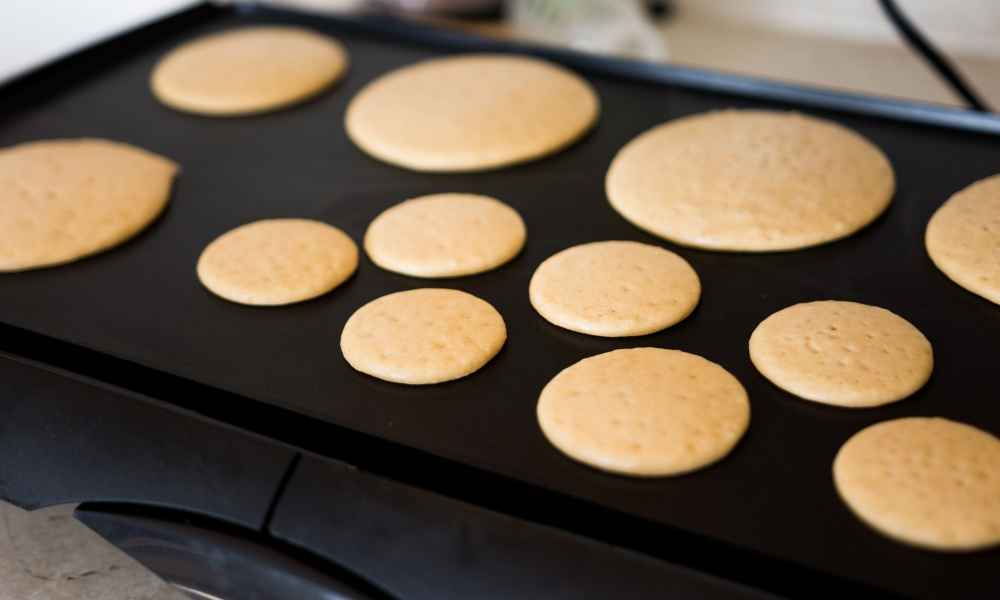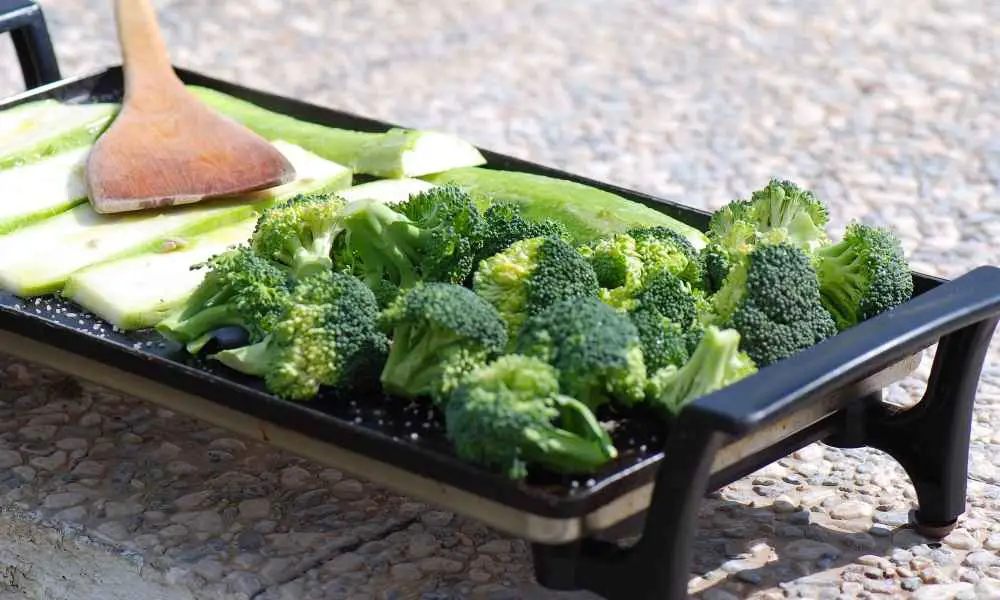A commercial griddle is a workforce in large food establishments. It is the equipment that brings you those freshly cooked burgers, steaks, pancakes, and all other diner favorites. Particularly, stainless steel griddles are the industry’s standard choice because it is efficient and economical.
Cooking large quantities daily to satisfy the average consumers places the griddle in heavy use. Overtime, the griddle accumulates grease and burnt food particles which also affect the overall cooking efficiency. At the end of the day, you should really pay attention to getting it clean.
Cleaning a commercial stainless steel griddle is a labor-intensive procedure. It is not as easy as the ideal “wiping it off” from the surface. It requires several tools and a lot of elbow work. So, here is what you need to know on how to clean a commercial stainless steel griddle.
Tell signs your griddle needs cleaning
- Flavor migration – It is when a distinct flavor transfers to another. When this happens, pancakes will taste like bacon. Thus, you end up confusing consumers on how food tastes.
- Stuck food particles – Food initially sticks when it touches the griddle’s hot surface. Somehow, when food sticks to the griddle it affects flavor and may end up as flakes on the following batch.
- Loss of cooking efficiency – When it is cooking uneven it could be a residue build up. The burnt residue accumulates a layer covering certain spots that is prevented from fully heating.
- Grease build up – Oil is needed to prevent food from initially getting stuck. Cooking large quantities repeatedly requires more oil. Thus, fats and oils will amass the griddle’s surface.
What you need to prepare
There are several cleaning tools you need to prepare to make it thorough and successful. These tools are bought separately but there are also griddle cleaning kits readily sold.
- Griddle scraper
- Elbow length protective gloves
- Water
- Dish soap/ dish detergent
- Griddle Brick
- Cleaning Pads
- Griddle Squeegee
- Clean dry cloth
How you get it cleaned
Step 1: Turn the griddle off
The very first thing to do is to turn it off. Working with powered heating equipment requires caution as you are prone to burn your skin. Also, as part a precaution you are advised to wear elbow length gloves that are designed to protect you from high temperature.
You are expected to work in close contact with the surface while it’s warm. For this reason, you must wear those gloves at all times.
Step 2: Scrape the griddle surface
How to clean a commercial stainless steel griddle makes use of a custom griddle scraper.
If by any chance your griddle is still hot (after you turned it off) then scrape off the residue. A hot surface makes it easier to remove residue compared when it is cold and hardened. This preliminary technique clears the dirt which leaves you with the tough ones later.
Step 3: Use water and soap
At this point you already cleared most of the easy residue. Now, you have to make it more thorough with the help of water and dish soap. Let it be known that it is very crucial to use water only when the griddle has cooled off or about warm.
Thermal shocks can leave the griddle to warp and affect future function. That in mind, the surface has to transition from hot to a lower temperature which is why you scrape while waiting. You can only use water at room temperature. Using ice cold water is damaging and makes it harder for grease to remove.
Pour an adequate amount of water and dish soap. It is best advised that the dish soap properties are tough on grease so that it is easier to remove. Perhaps, you can check dish detergents too.
Step 4: Brush the surface
Here, your elbow’s intensive workout begins. Brush the surface using a griddle brick. A griddle brick features a handle so it is easier to maneuver compared with pads itself.
Brush in back and forth motion and exert more pressure on areas with thicker grease or burns. However, patterns largely depend on the spots you try to get residue rid off. You can also use a griddle scraper too when you feel that a combination of both is better. After that, rinse it again with water.
Step 5: Evaluate the surface
It is usual that dirt will still be visible after your first rinse. That is the reason why you have to rinse it after a few minutes of brushing to evaluate how clean the surface really is.
In order to absolutely remove the dirt you have to repeat the procedure. How to clean a commercial stainless steel griddle requires so much effort. Thus, you undergo the same cycle of flushing an adequate amount of water, adding dish soap, and brushing.
This time, try to focus on areas that really need that intense clean. Perhaps, you might want to add up more soap on that particular spot too.
Step 6: Dry and restore
After you are satisfied with several rinses then you can dry the surface immediately. You can use a griddle squeegee to wipe out the remaining water on the griddle. Then, using a clean cloth rub it thoroughly to dry the whole surface.
Lastly, don’t forget to dispose the fluid from the grease tray beneath the griddle. After disposal, return the tray to the griddle. How to clean a commercial stainless steel griddle also includes restoration. This means that you return the griddle’s full condition right before when it was used.
Conclusion
A significant factor on how to clean a commercial stainless steel griddle has to do with custom tools. If ever you’re reading this because you already own one or you’re still planning to buy one, note that you need to invest on its cleaning materials.
Cleaning the griddle is an integral part of maintaining the use and efficiency of the equipment. Also, cleaning should be done on a daily basis. Somehow, some instances would even require it being cleaned at the middle of the day.
The bottom line, it is worth spending on cleaning tools as a measure to ensure not only the sustainability of the griddle but as well as the quality of food served. After all, we are all rooting for great quality.



